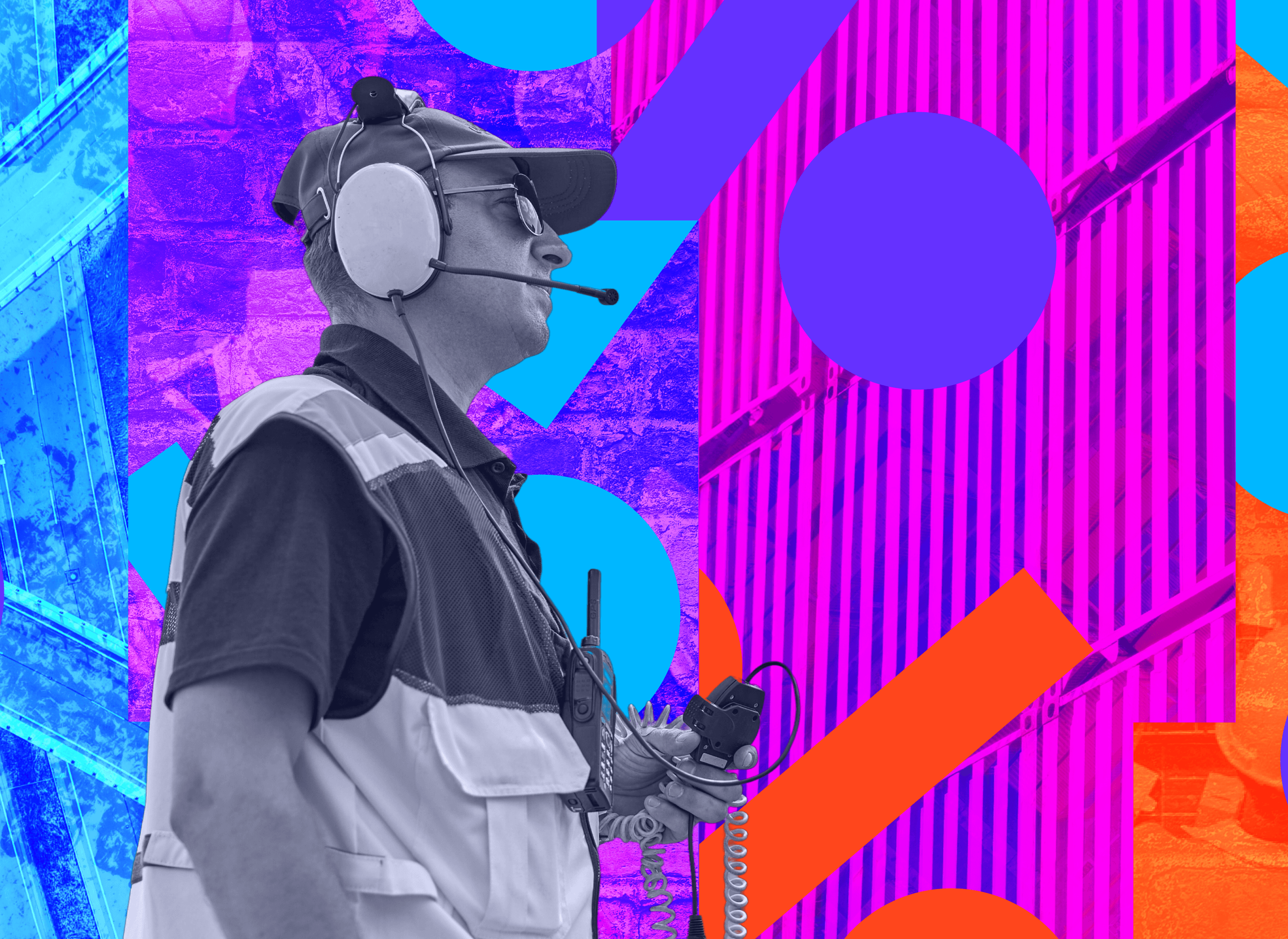Learn from 5,000+ comms leaders on exec buy-in, engagement, and the ROI puzzle.
How the Frontline Tech Gap Puts Employee Engagement (and Your Business) at Risk

Barbara Booras
Senior Customer Community Manager at Workvivo
July 1 2025

The right communication and engagement tool is essential to keep your dispersed, global workforce connected and informed – but many companies are using tech that doesn’t meet frontline workers’ unique needs.
For our recent Frontline Gap report, we surveyed over 7,500 global frontline workers across multiple industries to understand how they really feel about the divide between desk and non-desk workers. We found that two-thirds of frontline workers are frustrated with the communication technology their company provides, leading most of them to take matters into their own hands.
Why is this such a big problem for employee engagement – and your business? Read on for the key takeaways from our research, and download the full report to learn more.
1. Most communication tools feel designed for the office, not the frontline
Almost half of all global frontline workers (47%) say the communication tools their company uses feel designed for desk workers. Not only does this limit productivity and engagement, it also undoubtedly feeds into the belief – held by 50% of global frontline employees – that companies care more about office workers than them.
Indeed, the regions most likely to feel their company favors office workers (NAMER and LATAM) were also more likely to report that their communication tools seemed designed for office workers, suggesting a strong link.
It makes sense: frontline workers have specific requirements and needs distinct from the needs of their office-based colleagues. If employers don’t take these factors into consideration, they risk sending an unintentional message – and leaving frontline workers feeling undervalued.
🌉 Bridging the gap
In contrast to desk-based office workers who have regular access to their laptops, frontline workers are often spread across locations, working anywhere from retail stores and warehouses to hospitals and oil rigs.
The solution? A mobile-first communication tool that they can use from anywhere, even if they don’t have a company email address.
Learn how to empower a deskless workforce with these key takeaways from our Frontline Summit→
2. Only 1 in 3 frontline workers feel empowered by their company’s tech
Our research reveals that only a third (35%) of global workers feel empowered by their company’s app or scheduling tool. On the other hand, more than a quarter (27%) say it makes them feel micromanaged, with these figures rising to 36% in NAMER and 34% in both LATAM and the UK.
Also noteworthy is how many respondents say they’re “not sure” if the tech makes them feel micromanaged or empowered. Some 38% of global frontline workers don’t know how to feel, skyrocketing to 70% in APAC.
What does this tell us? The vast majority of frontline workers don’t feel empowered by their company’s choice of tool, while the high instances of uncertainty could suggest a lack of engagement or familiarity with the app at all.
🌉 Bridging the gap
Want to know what makes frontline workers feel empowered and engaged? Use an employee experience platform (EXP) with built-in employee insights to find out. Run anonymous pulse surveys to get their candid feedback and get visual heatmaps that highlight areas of risk and opportunity, so you can take targeted, data-driven action.
Everything you need to know about Workvivo’s Employee Insights→
3. Frontline workers are turning to personal messaging apps to get the job done
Since most company tech doesn’t feel fit for frontline workers’ needs, a whopping 69% resort to using personal messaging apps to communicate about work.
Interestingly, the more engaged the workforce, the more likely they are to bypass your company’s chosen tool to keep work moving. Half of frontline workers in LATAM (one of the most engaged regions overall) say they “frequently” use personal messaging apps for work use, with only 16% saying they “never” use them.
While frontline workers’ frustration is valid, this practice opens your business up to significant risk. It’s known as shadow IT: the use of unauthorized, unsupported tools that aren’t managed by your IT department, which can cause security and compliance issues, information silos, and a lack of transparency and alignment across teams – not to mention a poor work-life balance for employees.
🌉 Bridging the gap
Look at the apps your frontline workers actually use – yes, even unofficially – to understand their needs and expectations. For example, relying on tools like WhatsApp or iMessage suggests they want consumer-grade experiences, easy-to-use UX, and real-time connections with colleagues, so look for an employee communication and engagement tool that ticks all these boxes.
How to tackle Shadow AI, the newest frontier of Shadow IT→
Tailor your tech to every team’s needs
Clunky apps, poor UX, and multiple disconnected communication tools or channels are a barrier to adoption – and they ultimately put your company’s security at risk as frontline workers turn to shadow IT instead.
But to truly engage frontline workers, your tech needs to meet every employee’s needs, not just those who are already at a desk and regularly on their laptop or in front of a screen. With an effortless, all-in-one, mobile-first tool, you can support your frontline and desk workers, keeping them engaged, informed, and productive from anywhere.
Check out the Frontline Gap microsite to learn more.
